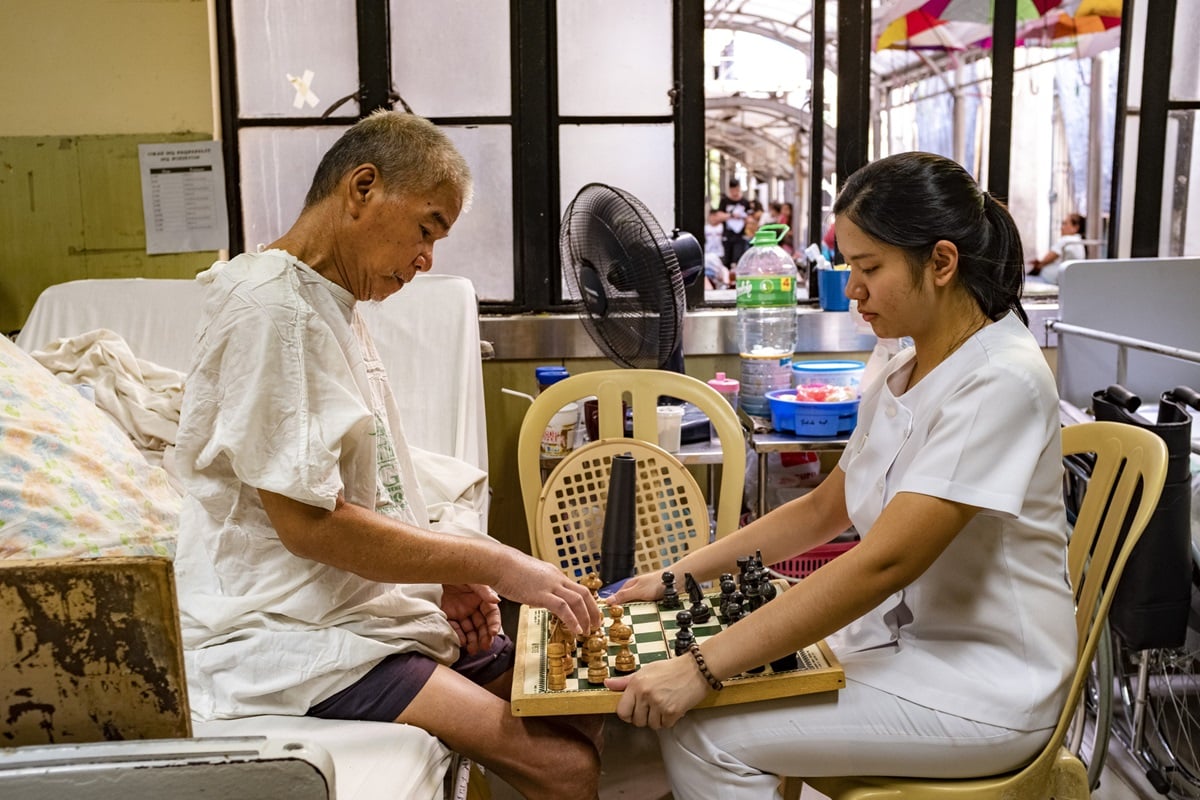A major new study published in the Lancet Neurology journal has revealed that more than three billion people worldwide will be living with a neurological disorder in 2021. The World Health Organization (WHO) contributed to the analysis of the 2021 Global Burden of Diseases, Injuries and Risk Factors Study (GBD) data.
Neurological diseases are now the leading cause of ill-health and disability worldwide. The total number of disabilities, illnesses and premature deaths (known as disability-adjusted life years, or DALYs) attributable to neurological diseases has increased by 18% since 1990.
More than 80% of deaths and health loss from neurological diseases occur in low- and middle-income countries, where access to treatment varies greatly: high-income countries have up to 70 times more neurological specialists per 100,000 people than low- and middle-income countries.
“Neurological diseases cause enormous suffering for patients and their families, and rob communities and economies of human capital,” said WHO Director-General Dr Tedros Adhanom Ghebreyesus. “This study should serve as an urgent call to action to scale up targeted interventions to ensure that the growing number of people living with neurological diseases receive the quality care, treatment and rehabilitation they need. It is more important than ever to better understand, assess and protect brain health, from early childhood through old age.”
The top 10 neurological conditions leading to ill health in 2021 were stroke, neonatal encephalopathy (brain damage), migraine, dementia, diabetic neuropathy (nerve damage), meningitis, epilepsy, neurological complications from premature birth, autism spectrum disorder and nervous system cancers.
Overall, neurological disorders are more prevalent among men than women in terms of disability and ill health, but there are some conditions, such as migraines and dementia, that disproportionately affect women.
Since 1990, the absolute numbers of people living with and dying from neurological diseases have increased, while the age-standardized DALY rate has fallen, meaning that the increase in absolute numbers is mainly due to demographic changes and people living longer.
Diabetic neuropathy is the fastest growing neurological disease. The number of people with diabetic neuropathy has more than tripled worldwide since 1990, reaching 206 million in 2021. This increase coincides with the global increase in diabetes. Other conditions, such as neurological complications from COVID-19 (e.g., cognitive impairment and Guillain-Barré syndrome), were previously nonexistent but now account for more than 23 million cases.
At the same time, as a result of improvements in prevention (including vaccines), care and research, the neurological burden and health loss from other diseases, such as tetanus, rabies, meningitis, neural tube defects, stroke, neurocysticercosis (a parasitic infection that affects the central nervous system), encephalitis (inflammation of the brain) and neonatal encephalopathy (brain damage), has fallen by more than 25% since 1990.
The study also looked at 20 modifiable risk factors for potentially preventable neurological diseases, including stroke, dementia, and idiopathic intellectual disability.
Eliminating the main risk factors (most importantly elevated systolic blood pressure and ambient and household air pollution) could prevent up to 84% of stroke DALYs. Similarly, preventing lead exposure could reduce the burden of idiopathic intellectual disability by 63.1%, and reducing elevated fasting plasma glucose could reduce the burden of dementia by 14.6%. Smoking is a significant contributor to the risk of stroke, dementia, and multiple sclerosis.
Further investment needed to improve treatment, care and quality of life
At the 2022 World Health Assembly, Member States adopted the Global Intersectoral Action Plan on Epilepsy and Other Neurological Disorders 2022-2031 (IGAP), which has ambitious goals to address long-standing neglect of neurological disorders.
“The multisectoral Global Action Plan 2022-2031 provides a roadmap for countries to improve the prevention, early detection, treatment and rehabilitation of neurological diseases. To achieve equity and access to quality care, we also need to invest more in research on brain health risks, improve support for health workers and invest in appropriate services,” said Devora Kestel, Director of WHO’s Department of Mental Health and Substance Use.
IGAP sets out strategic objectives and goals to improve access to treatment, care and support for people with neurological disorders, implement brain health promotion and disease prevention strategies, strengthen research and data, and emphasize public health approaches to epilepsy and other neurological disorders.

